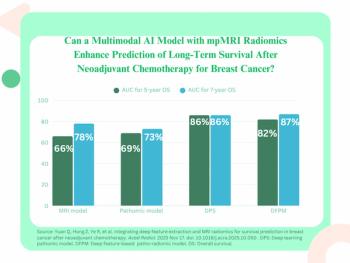
MRI Can Detect Pre-Clinical Alzheimer’s Disease, Says New Study
Participants underwent an MRI exam at the beginning of the study, and again two years later. Researchers also then tested the participants’ memory using several scales. From the memory tests, researchers identified 25 participants (17 percent) whose memory declined during the two years, and 124 participants who did not.
It’s not news that individuals with probable Alzheimer’s Disease (AD) have different parietal and temporal lobe volumes than healthy adults, and also different volumes than those with mild cognitive impairment. However researchers just found that these lobe volumes are accurate at predicting when previously cognitively healthy individuals are pre-clinical for Alzheimer’s Disease.
For the study, published in the June print issue of Radiology, Gloria C. Chang, MD from the University of California, San Francisco’s radiology department and colleagues tested 148 participants over age 55, who had no neurological or psychological disease, and who scored within range on several memory and mental status exams. The participants underwent an MRI exam at the beginning of the study, and again two years later. Researchers also then tested the participants’ memory using several scales. From the memory tests, researchers identified 25 participants (17 percent) whose memory declined during the two years, and 124 participants who did not.
Researchers focused on the volume in 15 brain regions and made various models to determine which region changes correlated most with the decreased memory. The study found that models containing six to nine brain regions were the most accurate, with 91 to 94 percent fitted accuracy, and 77 to 81 percent cross-validated accuracy. The most accurate model used eight brain regions, including the hippocampus, parahippocampal gyrus, amygdala, superior, middle, and inferior temporal gyri, superior parietal lobe, and posterior cingulate gyrus.
Chiang said that the purpose of the study was to determine whether MRI can detect "AD-at risk" individuals among cognitively normal individuals. “Based on my model, I am suggesting that we can differentiate normals at risk with MRI,” she said.
While there is currently no treatment for AD, there is a great deal coming down the pipeline in terms of anti-amyloid agents, fish oil, and other possible treatments, said Chiang. “These agents haven't proven efficacious among those with mild cognitive impairment or AD, but may be a temporizing measure in normals at risk. Identifying normals at risk may thus be used to enrich drug trials,” she said.
Chiang said there was a false positive rate in the study. The clinical follow-up in her study was two years. “I used a cut-off of one standard deviation below the mean for "decline."” She said that further follow-up is required to determine how many of the "decliners" in the cohort will actually progress to AD.
Newsletter
Stay at the forefront of radiology with the Diagnostic Imaging newsletter, delivering the latest news, clinical insights, and imaging advancements for today’s radiologists.




























